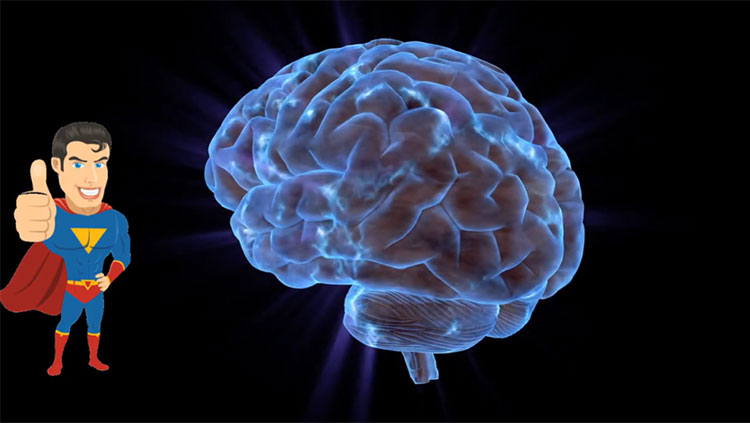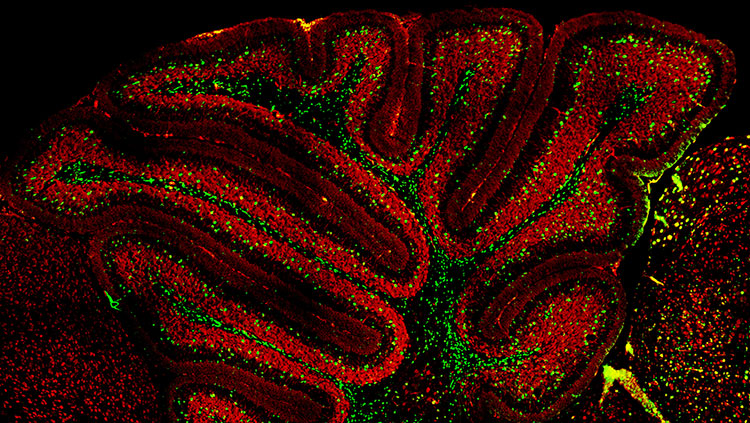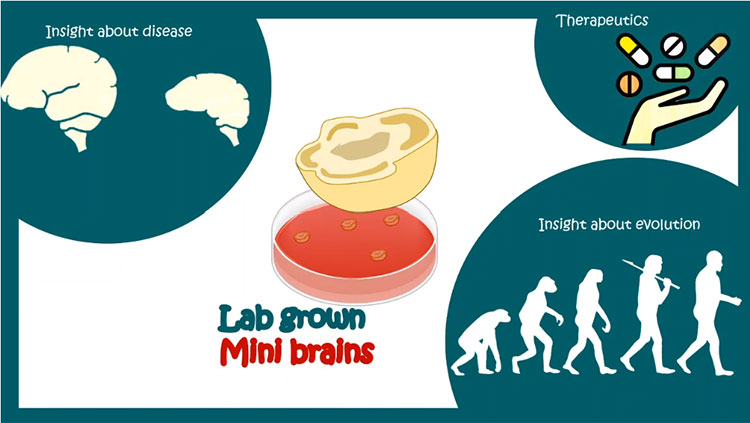Induction: The Making of a Neuron
- Published1 Apr 2012
- Reviewed1 Apr 2012
- Source BrainFacts/SfN
The development of neurons occurs through a delicate process. Signaling molecules “turn on” certain genes and “turn off” others, beginning the process of nerve cell induction.
Even more astonishing is that this process takes place as the embryo is developing. Induction and proliferation are followed by migration, during which the newly formed neurons travel to their final destination. Throughout life, the nervous system is active, making new connections and fine-tuning the way messages are sent and received.
During the early stages of embryonic development, three layers emerge — the endoderm, the ectoderm, and the mesoderm. These layers undergo many interactions to grow into organ, bone, muscle, skin, or nerve tissue. How does this process of differentiation occur, especially since each cell contains 25,000 genes, the entire sequence of DNA instructions for development?
The answer lies in signaling molecules released by the mesoderm. These molecules turn on certain genes and turn off others, triggering some ectoderm cells to become nerve tissue in a process called neural induction. Subsequent signaling interactions further refine the nerve tissue into the basic categories of neurons or glia (support cells), then into subclasses of each cell type. The remaining cells of the ectoderm, which have not received the signaling molecules diffusing from the mesoderm, become skin.
The proximity of cells to the signaling molecules largely determines their fate. That’s because the concentration of these molecules spreads out and weakens the farther it moves from its source. For example, a particular signaling molecule, called sonic hedgehog, is secreted from mesodermal tissue lying beneath the developing spinal cord. As a result, the adjacent nerve cells are converted into a specialized class of glia.
Cells that are farther away, however, are exposed to lower concentrations of sonic hedgehog, so they become the motor neurons that control muscles. An even lower concentration promotes the formation of interneurons, which relay messages to other neurons, not muscles. Interestingly, the mechanism of this basic signaling molecule is very similar in species as diverse as flies and humans.
CONTENT PROVIDED BY
BrainFacts/SfN
Also In Brain Development
Trending
Popular articles on BrainFacts.org

















